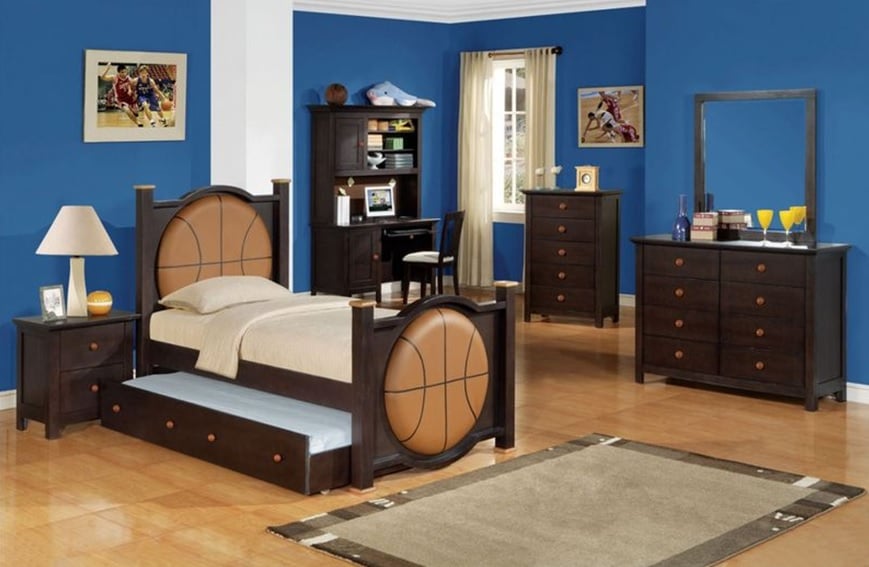
On This Page:
- Design Changes to the Bedroom
- Design Changes to the Home
- Creating Systems & Routines
- Holding Your Child Responsible for Their Space
- Conclusion
Children with ADHD often need help keeping their bedrooms and environments organized. In fact, creating an environment in which there’s a place for everything and everything is in its place actually allows many children with ADHD to thrive.
It’s not uncommon for kids with ADHD to leave messes not only in their bedrooms, but throughout the house. They’re not being defiant or inconsiderate. They simply get too focused on a task that they may not notice the mess, according to ADDitude Magazine. If they’re asked to clean up, they may be too overwhelmed to know where to begin, or they start immediately but quickly lose focus before finishing.
If you’re like many parents, you probably just clean up yourself rather than try to engage your child in an organization project. It’s just easier, right? The truth is that it can benefit your child greatly if he is responsible for maintaining some semblance of order in his environment.
What’s more, having a clean, well-organized living environment can actually help to alleviate some of the challenging symptoms of ADHD as well as to promote learning by eliminating distractions and reducing the stress that comes from spending time in a cluttered, disorganized environment.
There are many changes you can make to your child’s living environment to help alleviate her symptoms and promote learning. But where to begin? To help the many already-frazzled parents of children with ADHD create the ideal environment for their children, we’ve put together this comprehensive guide covering everything you need to know about optimizing your child’s environment to promote learning and alleviate the symptoms of ADHD.
Design Changes for Creating a Soothing Environment in Your Child’s Bedroom
There are a few things you can do around the home and, in particular, in your child’s bedroom to help eliminate common things that can increase anxiety in children with ADHD and help to promote a soothing environment. The following resources offer design tips for creating a calm environment in your child’s bedroom to reduce stress and promote learning for children with ADHD.
Choose a soothing color. The color of your child’s bedroom can contribute to her moods and anxiety level more than you probably realize. This article mentions a few good color choices for children with ADHD, such as warm earth tones or calming blue hues.
Minimize distractions. A bedroom with too many toys and other items only creates more opportunity for distraction. Focus on what your child loves the most, and eliminate the rest or store other items in out-of-sight, out-of-mind areas. Over time, gradually explore new opportunities and interests for your child.
Avoid keeping a desk in your child’s room, and if that’s not possible, make sure the desk is cleared off before bedtime. This article explains that desks are associated with activity, so it can lead to anxiety over work that must be done or the feeling that there is always more to do.
Minimize electronics in your child’s bedroom. Activities such as watching television and playing video games in the same space where your child sleeps can have a negative impact on sleep quality, which in turn leads to more anxiety, disruptive behavior, and inability to focus during the day. This article from The New York Times discusses some interesting insights on the reasons why children with ADHD seem particularly drawn to television and video games, and in fact, at times may seem as these activities are the only activities which can hold their attention for sustained periods of time.
Choose artwork with serene images for your child’s bedroom. This article suggests choosing a gently flowing river over a raging ocean scene, for instance, or choosing calming nature scenes such as flowers, gardens, or trees. You should also limit the number of posters and other artwork in your child’s bedroom to minimize visual distractions.
Blues, greens, and muted brown tones are excellent color choices for children with ADHD. This article describes the work and findings of Trish Buscemi, who “uses color to help children with cognitive learning challenges and their families create calming, kid-friendly interiors.”
Keep your child’s bedroom for sleeping. Often, kids with ADHD have difficulty unwinding and falling asleep at night. To promote quality sleep, this article recommends a bedroom that is cool, dark, and quiet, and also free of distractions such as toys and electronics. If possible, reserve another space in your home for toys and playtime, while your child’s room is reserved for sleeping.
Seek design inspiration. This resource offers a gallery of bedroom designs for children with ADHD. If you’re looking for an efficient way to organize various items in your child’s bedroom, these rooms will surely offer inspiration. Visit this resource for a gallery of color scheme ideas for children with ADHD.
Divide your child’s bedroom or playroom into sections or centers. This article offers suggestions for sectioning off spaces in your home in logical ways to ease organization and help your child stay organized and on-task, such as the “quartering,” “zones,” and “around-the-clock” methods.
Provide ample storage options to organize your child’s room effectively. Whether you use shelving, cabinets, baskets, or totes, make sure there are enough storage options so that everything can have its own place. Children with ADHD can easily get overwhelmed when it seems like there’s not enough space to store everything out of the way.
Design Considerations for the Rest of Your Home
Unless your child is a brooding teenager, she may not spend the majority of her time at home in her bedroom. That’s why it’s important to consider ADHD-friendly design options not only in your child’s personal space, but in the rest of your home, as well. The following resources offer helpful tips and information on optimal design for ADHD throughout your home.
Create a low-distraction work area. If there’s a quiet area of your home which typically has little background noise, this can make an excellent work area for doing homework and studying.
Aim for a relaxing, spa-like feel. Avoid having too many knick-knacks and decorative objects around the house; instead, try to mimic the vibe of a calming spa setting – while still catering to your own and your child’s styles, of course.
Have a “launching pad,” or a staging area next to the door where your child keeps important items such as books and sports equipment he’ll need to take to school each day. This helps your child easily locate these items when they’re needed, rather than frequently misplacing them and rushing around at the last minute to try to find his soccer cleats. These situations only serve to create unnecessary stress, and they’re easily avoided with the use of a launching pad.
Think outside the ordinary. For example, instead of cabinets with doors and drawers, consider shelving for storing items such as clothing or art supplies that your child frequently uses. Don’t be afraid to go outside the norm if it makes it easier for your child to stick to routines and stay organized. For some children, it’s easier to find items when things are visible, so organized shelves may work better for some children than closets and cabinets. For others, seeing all that “stuff” will create internal chaos. The important thing is to figure out what works best for your child through trial-and-error, and develop your own systems around what works.
A worktable facing a blank wall and surrounded by minimal distractions makes a great homework space for a child with ADHD. This article suggests designating a “special area” in your home for your child that’s distraction-free and free of bright colors and clutter that can serve as a distraction.
A good chair, proper lighting, and a comfortable temperature create a functional and supportive environment for doing homework. As this article suggests, it’s also a good idea to set up a workstation that faces away from a window, or, if that’s not possible, close the blinds when it’s time to study.
Make sure your child’s workspace has room for him to move. This article describes a study which found that children with ADHD may learn better when they’re moving. This probably doesn’t come as a surprise to parents or teachers of children with ADHD who are accustomed to the constant fidgeting kids with ADHD often exhibit. It sounds counter-intuitive, but this movement may actually have a positive impact on the way they absorb and retain knowledge, so make sure your child’s working area allows plenty of room for fidgeting.
Developing Systems and Routines
Creating logical systems and routines are helpful for keeping children with ADHD organized and on-task, as well as for reducing the stress that comes along with not being able to find something he needs or wants. The following resources offer tips for developing systems and routines through organization to help your child navigate day-to-day life with ease.
One oft-mentioned strategy for parents of children with ADHD is to develop systems to help your child find what he needs when he needs it. This article discusses the creation of systems and routines to help your child thrive in her new, organized environment. Strategies include setting aside five to ten minutes each day to return belongings to their “homes” so that your child’s room – and the rest of your home – remains clutter-free.
Clearly labeled drawers, shelves, containers, storage bins, and trays can help your child identify where items belong. As this article suggests, creating logical, intuitive systems and having a designated place for every item helps children with ADHD remain organized.
Create a consistent routine. If your child wakes up, eats, leaves for school, and goes to bed at the same time each day, you’re providing consistency, which can help your child thrive both in school and at home.
A morning routine will help your child get to school on time, setting her up for success for the whole day. This article also suggests making sure homework is done at the same time each day and in the same environment when possible, as well as doing something fun to unwind each evening before bedtime.
Experiment with checklists and charts, and collaborate with your child’s teacher to translate these systems into her school experience. Parent-teacher collaboration is critical for children with ADHD to ensure consistency and help parents stay on top of potential challenges their child may be experiencing in school and ways that you can help to reinforce concepts at home.
Follow a 30-day organization plan. Often, the process of getting organized in the first place in order to implement routines and systems is the biggest and most overwhelming step for both parents and children with ADHD. This resource offers a helpful 30-day planning guide that allows you to focus on organizing one space or one area of your child’s life and environment each day.
Holding Your Child Responsible for Maintaining a Clean, Organized Living Space
It’s not about doing it all for your child, but about fostering responsibility in your child for maintaining her own clean and organized space. Whether your child is responsible for keeping his bedroom neat and orderly, or his own space as well as other designated areas of the house, the following tips and resources will help you foster responsibility and organization in your child.
If you’re the one who straightens up after your child, stop now. This article explains the importance of children with ADHD sharing responsibility for maintaining an orderly living space.
Post lists and reminders of daily routines throughout the house. This helps your child to stay on-task and gives her confidence when she can stick to the routine without repeated reminders.
Use visual cues whenever possible. In relation to the previous tip, some parents find that using visual cues that can’t be missed, such as poster-sized lists that outline the steps to cleaning his room, can help children stay focused on the task through completion.
Use homework and notebook organizers. By helping your child to stay organized and keep track of homework assignments by writing them down, you’ll help her to remember to bring home the necessary books and supplies to complete assignments. You’ll also be giving her vital organization skills that can translate to other areas of her life.
Experiment with different reward systems and strategies. Every child is unique and may gravitate towards different reward systems. That’s why it’s so important to experiment with various reward systems to find out what motivates your child best. Try strategies such as using liquid timers for homework or showering and getting dressed in the morning, allowing your child to pick out his own school supplies, or even a treasure hunt that serves as a trial run to familiarize him with his school schedule and the building’s layout before school begins for the year.
Conclusion
Children with ADHD often function better when their environments are conducive to learning. Maintaining a neat, orderly home, implementing routines and systems, and teaching your child the skills she needs to stay organized and on-task will help her cope more readily with the demands she faces at school and at home on a day-to-day basis.
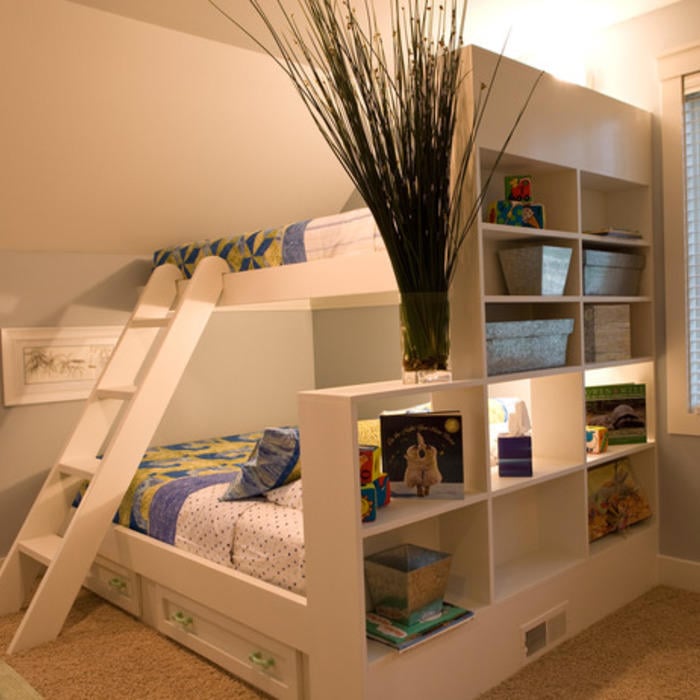
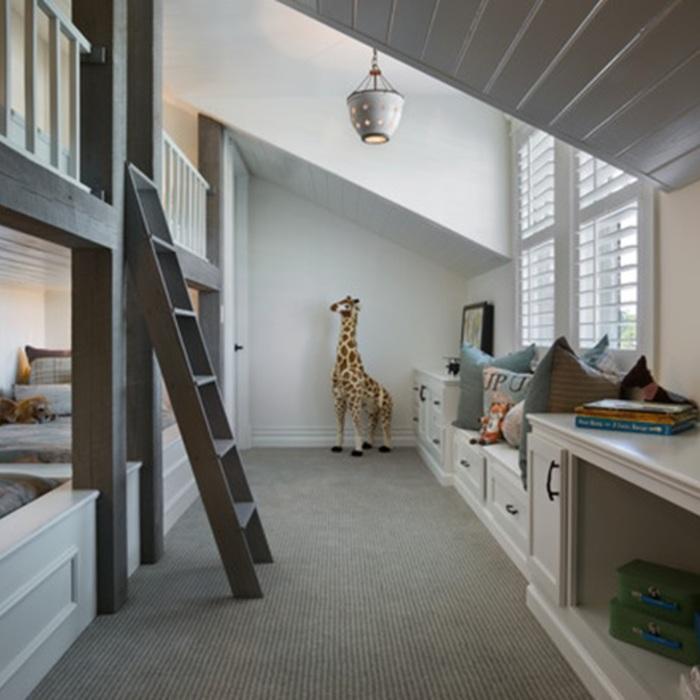
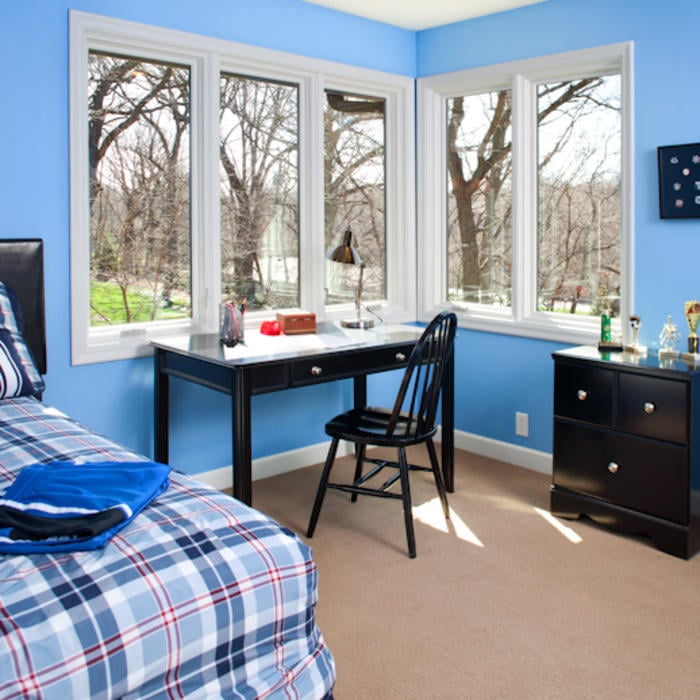
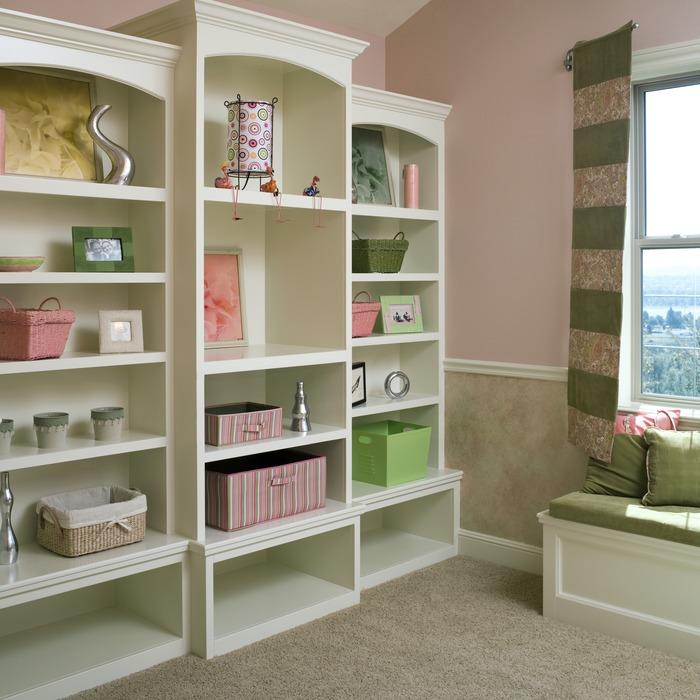
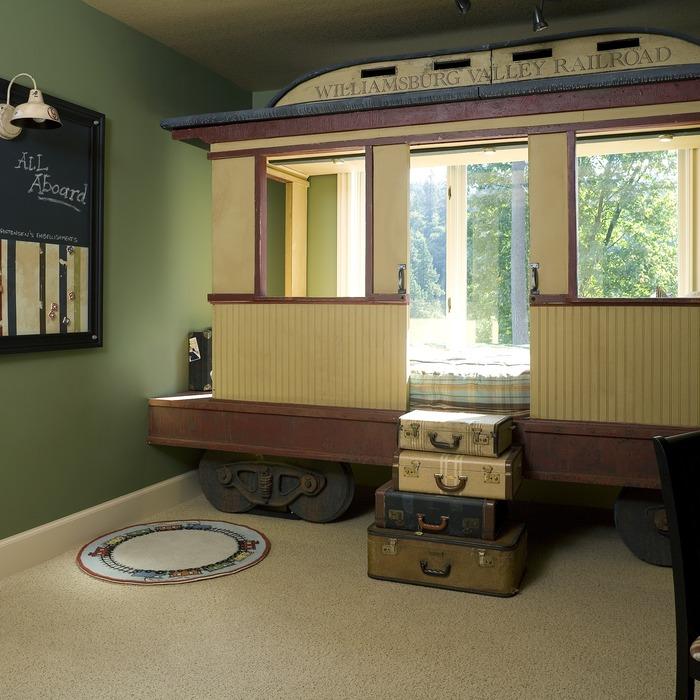
 This Year’s Popular Remodeling Choices
This Year’s Popular Remodeling Choices  Top 6 Home Improvement Investments
Top 6 Home Improvement Investments  The True Cost of Home Improvement
The True Cost of Home Improvement 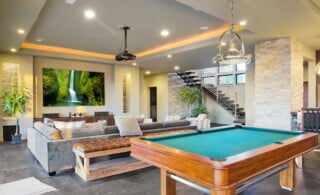 Why So Many Millennial Homeowners Are Remodeling Their Basements
Why So Many Millennial Homeowners Are Remodeling Their Basements  How to Make a Fixer Upper Work For You
How to Make a Fixer Upper Work For You 

Are You Familiar With This Topic? Share Your Experience.